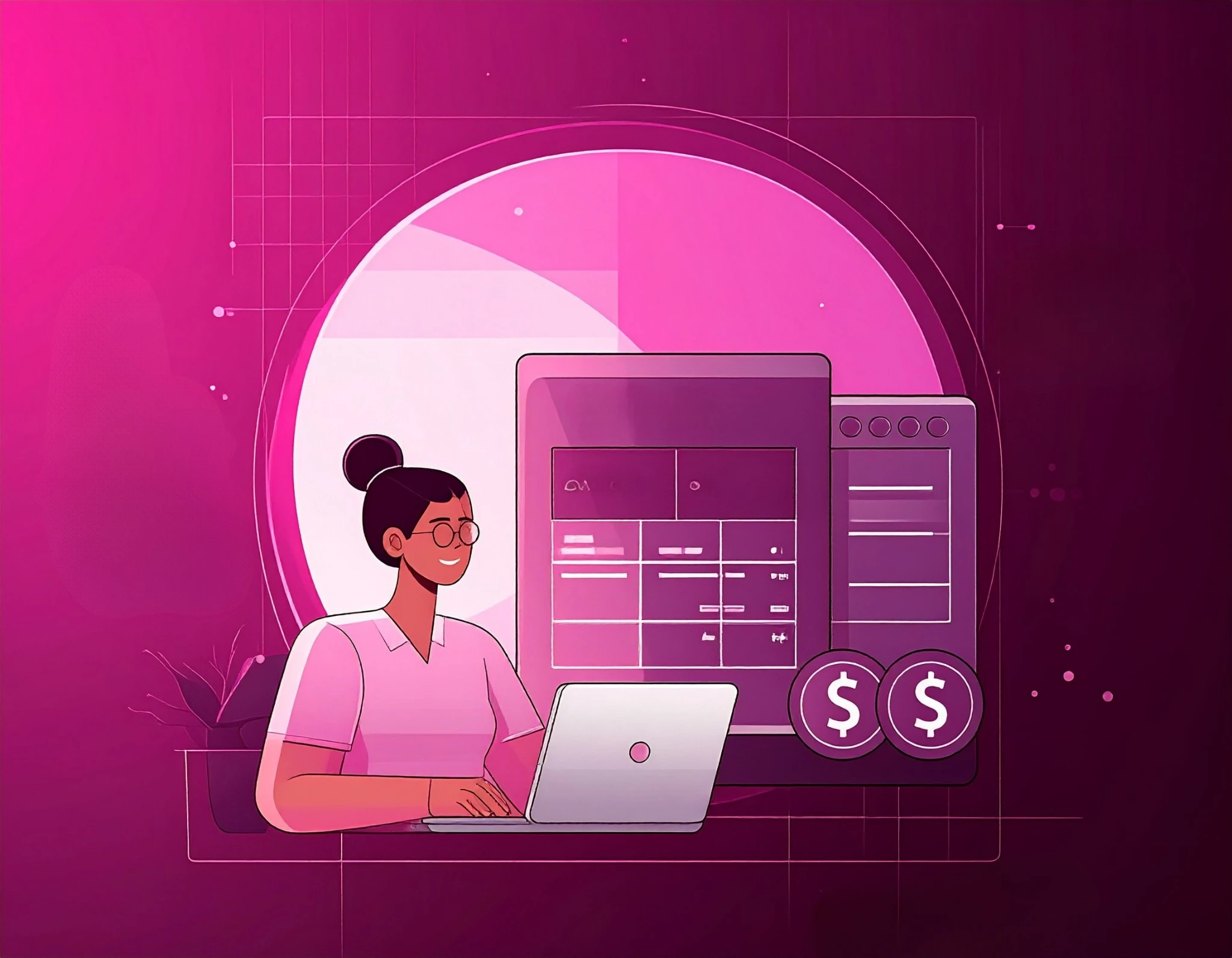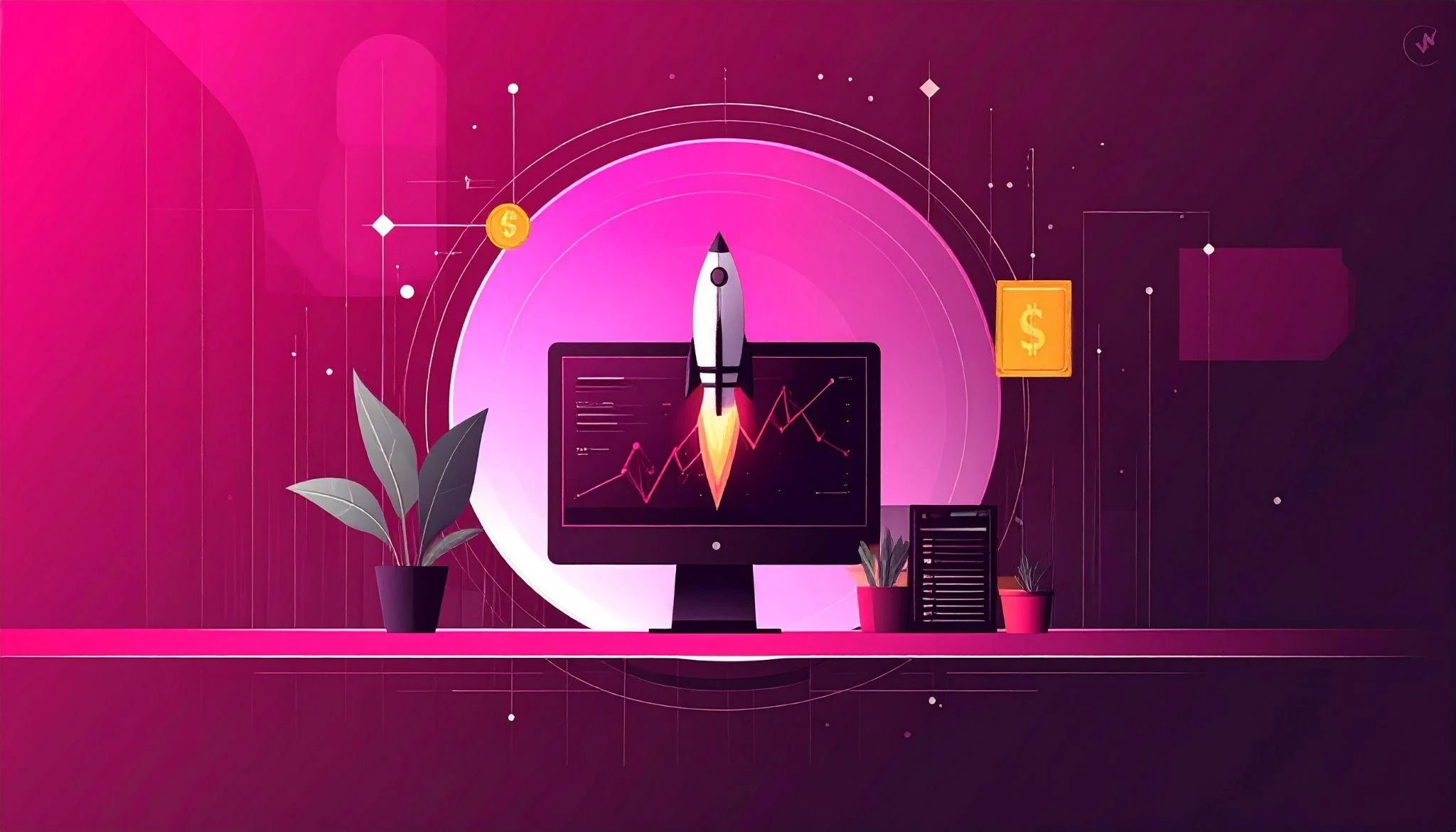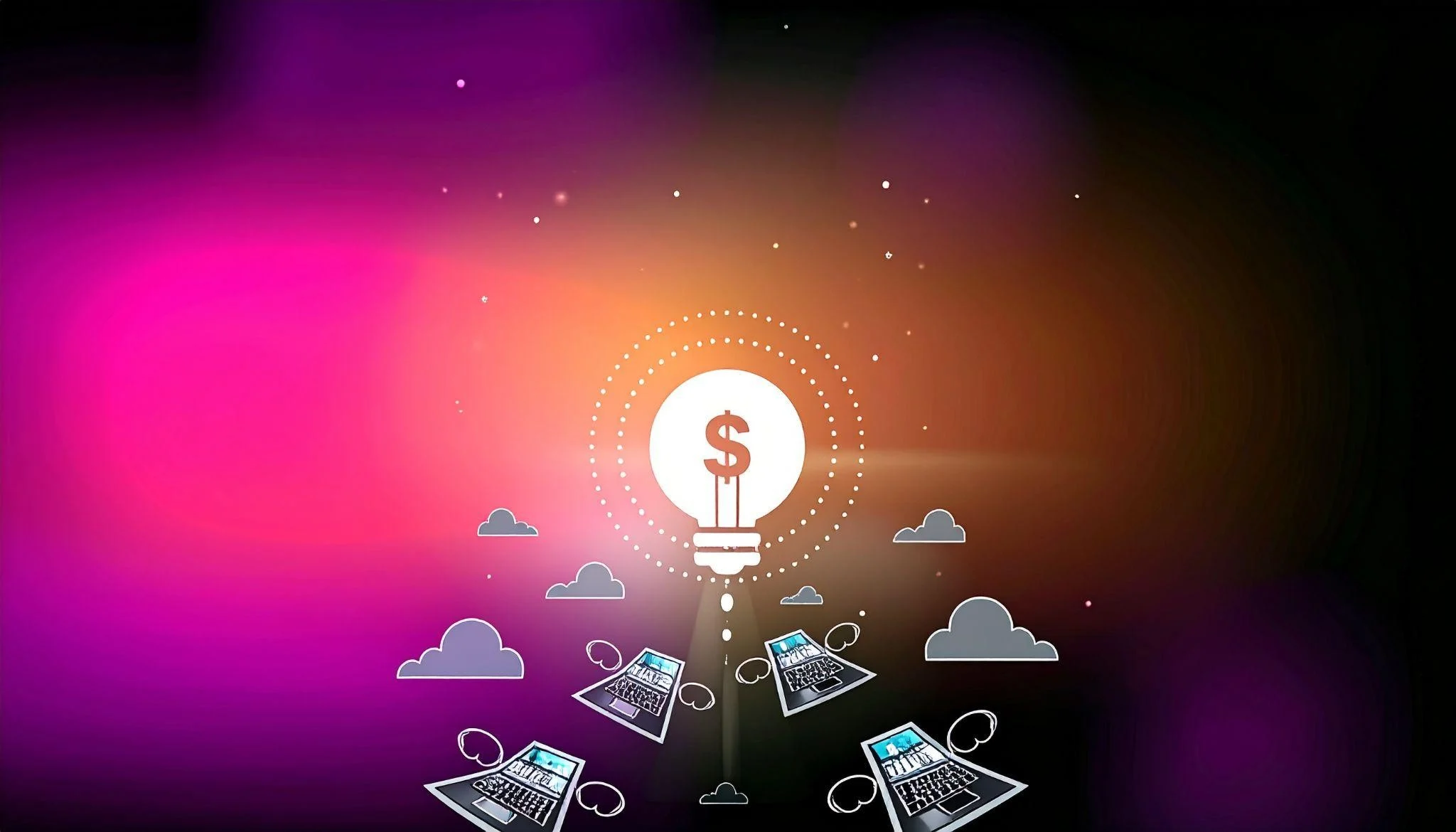Subscribe to our newsletter to get regular updates

Thank you! Your submission has been received!
Oops! Something went wrong while submitting the form.
No items found.
Simplify Procurement.
Amplify Savings.
Amplify Savings.
Get personalized 1:1 demo with our product specialist
✔ Tailored to your needs
✔ Answers all your questions
✔ No commitment to buy
✔ Tailored to your needs
✔ Answers all your questions
✔ No commitment to buy

Churnzero secures $110K Savings within a year with Spendflo
Schedule your free live demo

Fill out the form

Book a time slot

Attend a demo
By submitting this form, I agree that the Terms of Service and Privacy Notice will govern the use of services I receive and personal data I provide respectively.




.png)

%20Questions%20to%20Ask%20Vendors.webp)

%20Systems%20A%20Comprehensive%20Guide.webp)









.avif)





